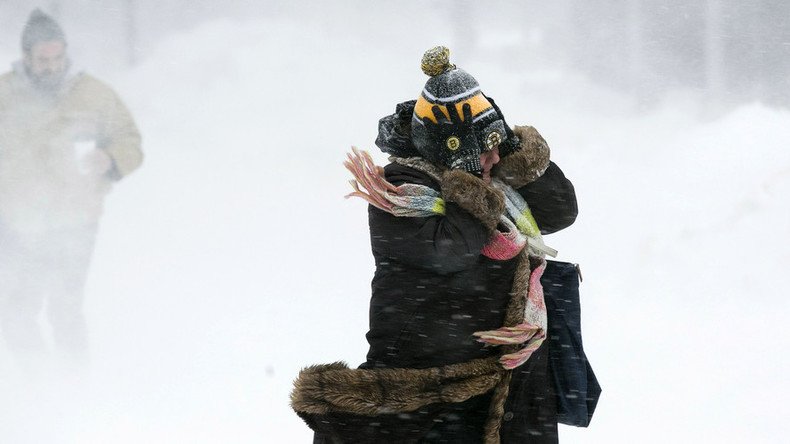Sun’s activity will cause global cooling – scientist

Recent research by a scientist has suggested that there could be an imminent 35-year period of low solar activity that could lead to cooler global temperatures.
If new models of the inner workings of the sun published by Professor Valentina Zharkova and her colleagues at Northumbria University on Tuesday are correct, then future variations in solar activity will be able to be predicted more accurately.
The sun is already known to have 11-year cycles of sunspots coming and going on the surface. But models that rely on looking at external features of the stars have only had mixed success in predicting the solar cycles.
Zharkova’s team found that the sun’s magnetic fields come from two components from two different layers of its body, and suggests that looking at the interactions between these two magnetic waves either magnifies or diminishes the sun’s intensity.
Perhaps most startlingly, observations made by the team using this method suggest that we may be entering a period of reduced solar activity, meaning that a period of lower global temperatures could be on the way. These conditions could be similar to those seen during the “Little Ice Age” of the 1600s, the peak of which was called the “Maunder Minimum,” a 70-year period when sunspots became extremely rare.
“In the Northern Hemisphere … the rivers were frozen, there were winters and no summers, and so on,” Zharkova said of the Little Ice Age, adding that she estimated the new predicted sunspot minimum to last for 35 years.
Whether future cycles actually match the scientists’ predictions will put their model to the test, but some climate scientists were not accepting of the new research, with some even trying to suppress it.
“Some of them were welcoming and discussing. But some of them were quite – I would say – pushy,” she told The Global Warming Policy Forum in an interview. “They were trying to actually silence us. Some of them contacted the Royal Astronomical Society demanding, behind out back, to withdraw our press release.”
The Little Ice Age is a controversial topic among scientist, with some arguing that low solar activity contributed to cooler temperatures in the Northern Hemisphere and others contending atmospheric effects of volcanic eruptions pushed temperatures lower.












